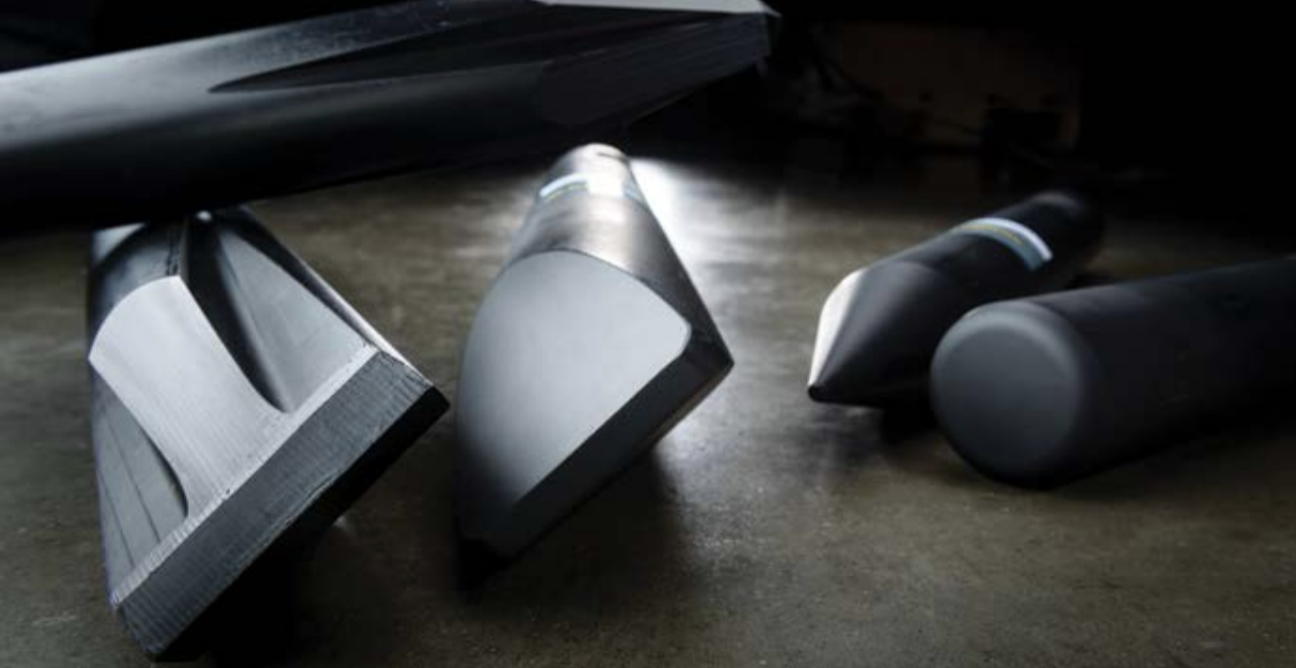
Toolbox Talks

Getting More Bang for Your Buck
By Tim Neubauer
Too often, toolbox talks are one-page documents that are read by a first line supervisor in monotone, and end with employees signing the roster and leaving thankful it only lasted five minutes. This can certainly be the case if such talks are held toward the end of the day on Fridays. If this situation sounds all-too familiar, the effectiveness of a company’s toolbox talks should be brought into question!
Toolbox talks should be informal discussions with a team, crew or group of people that focus on specific safety issues. Their intent should be to promote safety and facilitate open discussion between workers and management.
The federal Occupational Safety & Health Administration (OSHA) has no regulatory requirement for conducting toolbox talks. However, some states may have their own rules, such as California OSHA which requires this training “at least every 10 days.” This is a “best practice” and many worksites require toolbox talks be held on a weekly or daily basis.
From personal experience, the most effective days and times to schedule toolbox talks are Monday mornings. First, the timing communicates how important these talks are to management. Second, it sets the tone for the work day/work week. Having toolbox talks at the end of the day or week means the message may be lost before the next work day. Holding talks after lunch should also be avoided to lessen the chances of workers losing concentration or falling asleep. Remember, non-verbal communication shows your commitment to the safety process so scheduling toolbox talks late in the week sends a clear message where safety falls on the boss’s list of priorities.
Recently, bloggers on professional networking websites have stressed to me that toolbox talks should not be a “circus” and, rather, should be focused exercises with an established time frame and agenda. This consideration when selecting the right time frame can lead to better motivation and reinforce how much value the company places on safety.
In the same vein, selecting a suitable location for a toolbox talk is of great importance to its delivery and overall effectiveness. If workers are uncomfortable, then they are not participating or concentrating fully on the information being presented. Several years ago, I was attending one of these toolbox talks outside and it was well below freezing with a howling wind. The main priority of every worker present was simply not to freeze to death before the foreman stopped talking! Weather conditions should be taken into consideration in advance of any meeting being held, especially when the subject matter has potentially life-saving information.
So, after scheduling a structured toolbox talk session at an optimal time of the week, and having taken into account weather conditions and other factors, what should be discussed? Many safety companies and organizations offer some form of toolbox talks for site meetings. Considering the demographic of those reading this article, it is worth mentioning that CSDA has over 100 Toolbox Safety Tips available to its membership—many of the topics are specific to sawing and drilling. There is also another avenue available to companies, which I will cover here.
Do you know how many topics OSHA requires employers to train on? It is a lot. By the way, OSHA recently update the “Training Requirements in OSHA Standards” publication 2254 (2015). However, toolbox talks are not training, they are discussions. What if we applied active learning strategies to toolbox talks, such as having an employee locate the Safety Data Sheet (SDS) for a given chemical? What if another employee is asked to find out what the symptoms of exposure are for that chemical and discuss them with the team? Another employee could be asked to explain what first aid is appropriate when dealing with exposure to the chemical, and a final employee discuss proper Personal Protective Equipment (PPE) when handling it. The benefits would be to regularly review hazardous materials, the appropriate PPE required and have a meaningful dialogue with employees about those hazards and how to protect themselves.
This concept can be applied to hand and power tools, PPE and many other required topics.
A suggested method for delivery is to have three “micro-topics,” and any well-thought-out ones can end up developing into a case study for discussion. The first micro-topic could be a Hazcom or chemical topic, the second related to PPE or tools, and the third and final “sexy” topic.
Based on the sample method above, the subject of “silica” can be used as an example. Begin the toolbox talk by selecting an employee to find the SDS book, and have another employee select the correct SDS from the book. At this time, the organizer of the talk could produce several copies of the silica SDS as handouts and ask employees to find the hazards of silica and discuss them. Discussion can then turn to discussing first aid measures and then segue into the second micro topic of PPE.
OSHA has training requirements on the use of PPE, so there is an opportunity for employees to take out their PPE, inspect their peers and discuss what to look for when inspecting—limitations, life span and proper wear.
The final micro-topic is what I affectionately call the “sexy” topic. This relates to “what are we doing today?” If a company is mobilizing for a project, this final micro-topic can tie it to the new worksite, emergency action planning, etc. If the chosen topic has been well planned out, it will relate to the saw cutting work being done that day and the challenges that may be encountered on that specific job.
If there happens to be a news story relating to the technique being used that day, or about a similar company’s work, talk about it! If something happened on the job, talk about it! If it seems interesting, talk about it!
Ultimately, whatever topic is chosen for ta particular toolbox talk consider this: present the topic, don’t read it. Notes are ok, but talk to the workers and ask them questions. Challenge them. Not everyone can be a presenter. Hundreds of well-intending people crash and burn when it comes to presenting. Think back to a teacher from your past, what they taught is secondary to how they conducted their classes.
Set the environment to minimize distractions, don’t rush and chose words carefully. If the workers feel comfortable and unhurried, they will talk.
Several years ago, I audited a large government agency on their “monthly safety meetings.” One manager grouped 75 people with 10 managers and had a huge unwieldy dysfunctional “stage show” with two people dominating the whole event with complaints. It was a disaster, and they were proud of it!
At a second site, a young manager brought his crew into the break room. He read a real scenario, asked his workers if it could happen at their location and, if so, how could they prevent it. They discussed options, restated the agreed solution and repeated it two more times. It was amazing and he didn’t know he had done it! The manager completed the talk with maximum efficiency and got the task done right away.
All too often on today’s worksites, the need to get working and hit targets or deadlines takes priority over educating employees about safety. Toolbox talks are treated as an afterthought—an inconvenient obligation that must be done to “check a box.” By following some of the recommendations here, or implementing some other new and innovative ways to present these talks to employees, companies can produce a team of well-informed workers that are prepared for any number of unexpected situations. This can also have a positive effect on employee morale and efficiency. Get more bang for your buck and utilize toolbox talks properly.
CSDA Toolbox Safety Tips














Trackbacks/Pingbacks